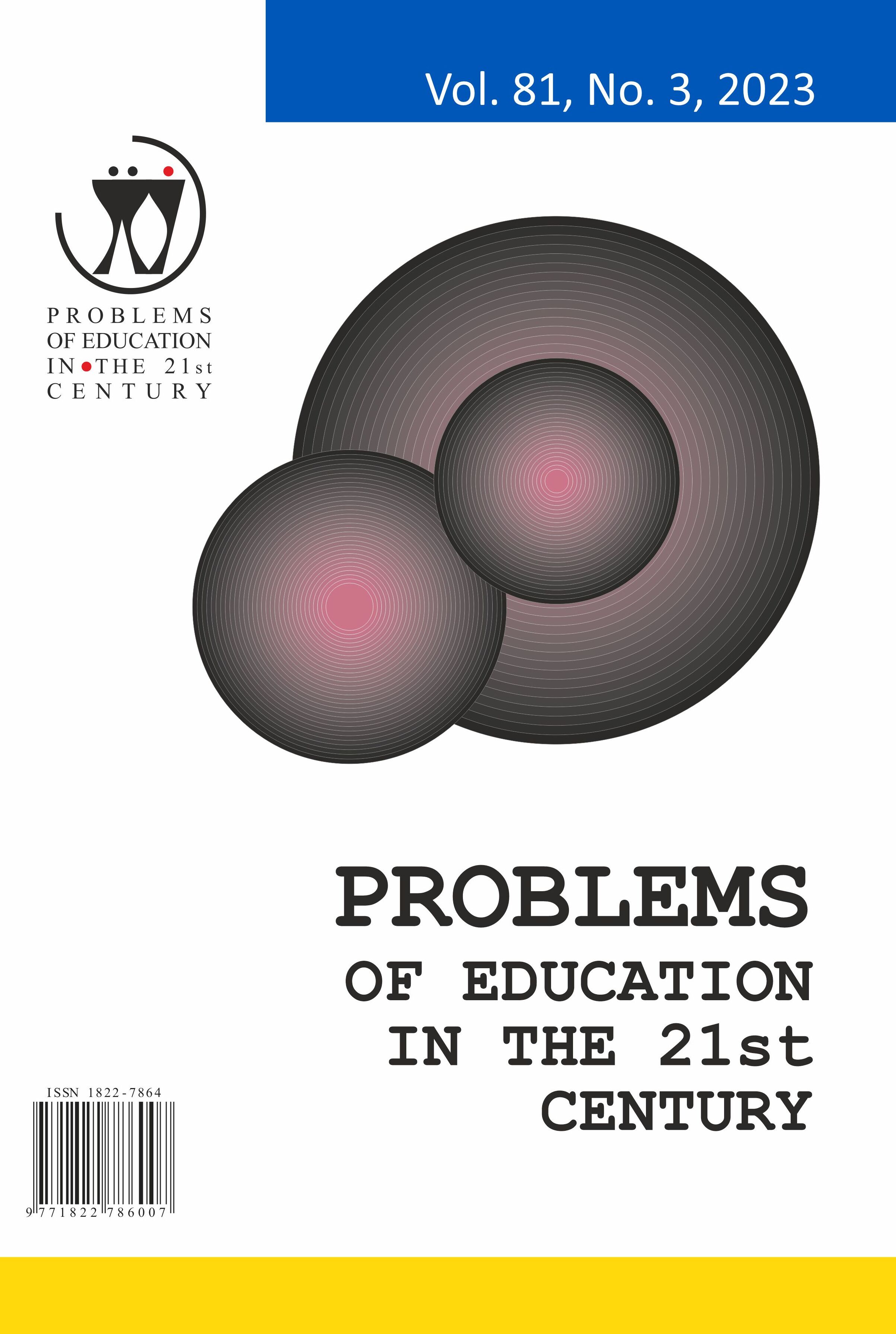CONSTRUCTION AND VALIDATION OF MATHEMATICAL SATISFACTION QUESTIONNAIRE: AN EXPLORATORY AND CONFIRMATORY FACTOR ANALYSIS
CONSTRUCTION AND VALIDATION OF MATHEMATICAL SATISFACTION QUESTIONNAIRE: AN EXPLORATORY AND CONFIRMATORY FACTOR ANALYSIS
Author(s): Andie Tangonan CapindingSubject(s): Education
Published by: Scientia Socialis, UAB
Keywords: Item measurement; mathematical satisfaction; reliability test; validity test;
Summary/Abstract: Mathematics satisfaction can drive students to work harder in math class. Thus, it is vital to assess the satisfaction of learners using an instrument to intervene in the teaching and learning process. There are research studies that have independently developed questionnaires to measure students' mathematics satisfaction, but most of them focused on students' satisfaction with mathematical resources and online mathematics courses. Thus, previously developed instruments had limitations. The purpose of this study was to develop and validate a mathematical satisfaction questionnaire for students. Face validation, content validation, exploratory factor analysis, confirmatory factor analysis, and reliability testing were used in the study to construct and validate the instrument. The initial draft of the mathematical satisfaction questionnaire has 44 items divided into five categories: skill, real-life, academic, praise, and task completion. The study's sample included 317 students from the Nueva Ecija University of Science and Technology – Gabaldon campus. The content validity of the test was assessed by ten instructors and professors using Aiken's V technique. The construct validity was examined using exploratory and confirmatory factor analysis. Aiken's V coefficient ranged from 0.73-0.87, which is adequate for the content validity index. Every construct has an acceptable reliability coefficient. Eight items were removed following EFA. Construct validation confirmed 36 items distributed among the five mathematical satisfaction constructs. The final instrument is reliable and can be used to assess students' mathematical satisfaction.
Journal: Problems of Education in the 21st Century
- Issue Year: 81/2023
- Issue No: 3
- Page Range: 327-339
- Page Count: 13
- Language: English

